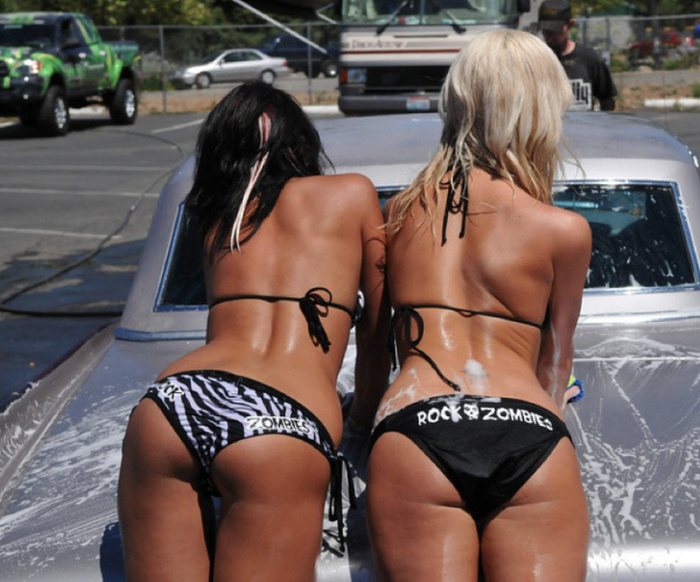|
|
Car Wash Girls
|
Contamination of soil and groundwater.
Use of water supplies and energy are self-evident, since car washes are users of such resources. The professional car wash industry has made great strides in reducing its environmental footprint, a trend that will continue to accelerate due to regulation and consumer demand. Many car washes already use water reclamation systems to significantly reduce water usage and a variety of energy usage reduction technologies. These systems may be mandatory where water restrictions are in place.
Contamination of surface waters arises from the rinseate discharging to storm drains, which in turn most commonly drain to rivers and lakes. Chief pollutants in such wash-water include phosphates; oil and grease; and lead. This is almost exclusively an issue for home/driveway washing, and parking lot style charity washes. Professional carwashing is a "non-point source" of discharge that has the ability to capture these contaminants and have them undergo treatment before being released into sanitary systems. (Water and contaminants that enter storm water drains does not undergo treatment, and is released directly into rivers, lakes and streams.)
Soil contamination is sometimes related to such surface runoff, but more importantly is associated with soil contamination from underground fuel tanks or auto servicing operations which commonly are ancillary uses of car wash sites — but not an issue for car washing itself.
|
|









